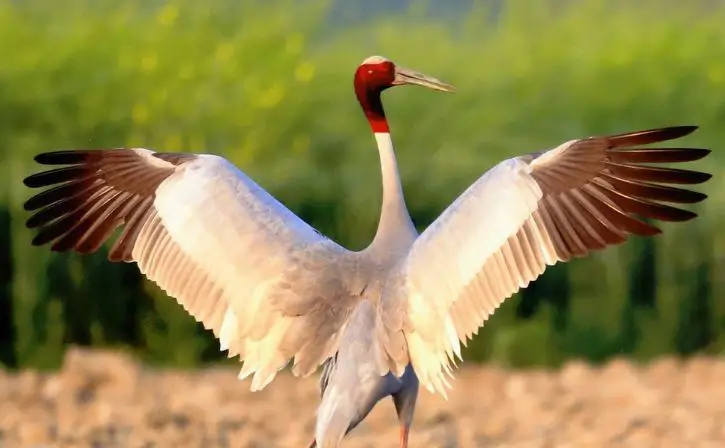As per the State Forest and Wildlife department’s latest 2018 census (summer), there has been 5.2% increase in population of Sarus Crane in Uttar Pradesh which has 73% of Indian population of Sarus.
Sarus Crane Conservation Project | UPSC – IAS and UPPSC
- It has been running across 10 districts of Eastern Uttar Pradesh by Wildlife Trust of India in collaboration with Tata Trusts and the U.P. Forest Department.
- It involves local volunteers (called Sarus Mitra or Friends of the Sarus), Tata Trust partner NGOs and Sarus Protection Committees.
About Sarus Crane | UPSC – IAS and UPPSC
- The sarus crane (Antigone Antigone) is a large non-migratory crane found in parts of the Indian Subcontinent, Southeast Asia and Australia.
- The International Union for Conservation of Nature (IUCN) has marked it as ‘vulnerable’ in its list of threatened species.
- It generally inhabits natural wetlands with low water depth, marshy and fallow areas and agricultural fields.
- It is a social creature, found mostly in pairs or small groups of three or four.
- It is the tallest (average 5 feet) flying bird in the world and also India’s only resident breeding crane, as per the Wildlife Trust of India (WTI)
- Sarus is omnivorous, feeding on fish and insects, as well as roots and plants.
- Threats: Loss of degradation of wetlands, ingestion of pesticides, hunting of adults and collection of eggs and chicks for trade, food, medicinal purposes, habitat lying outside protected areas.




